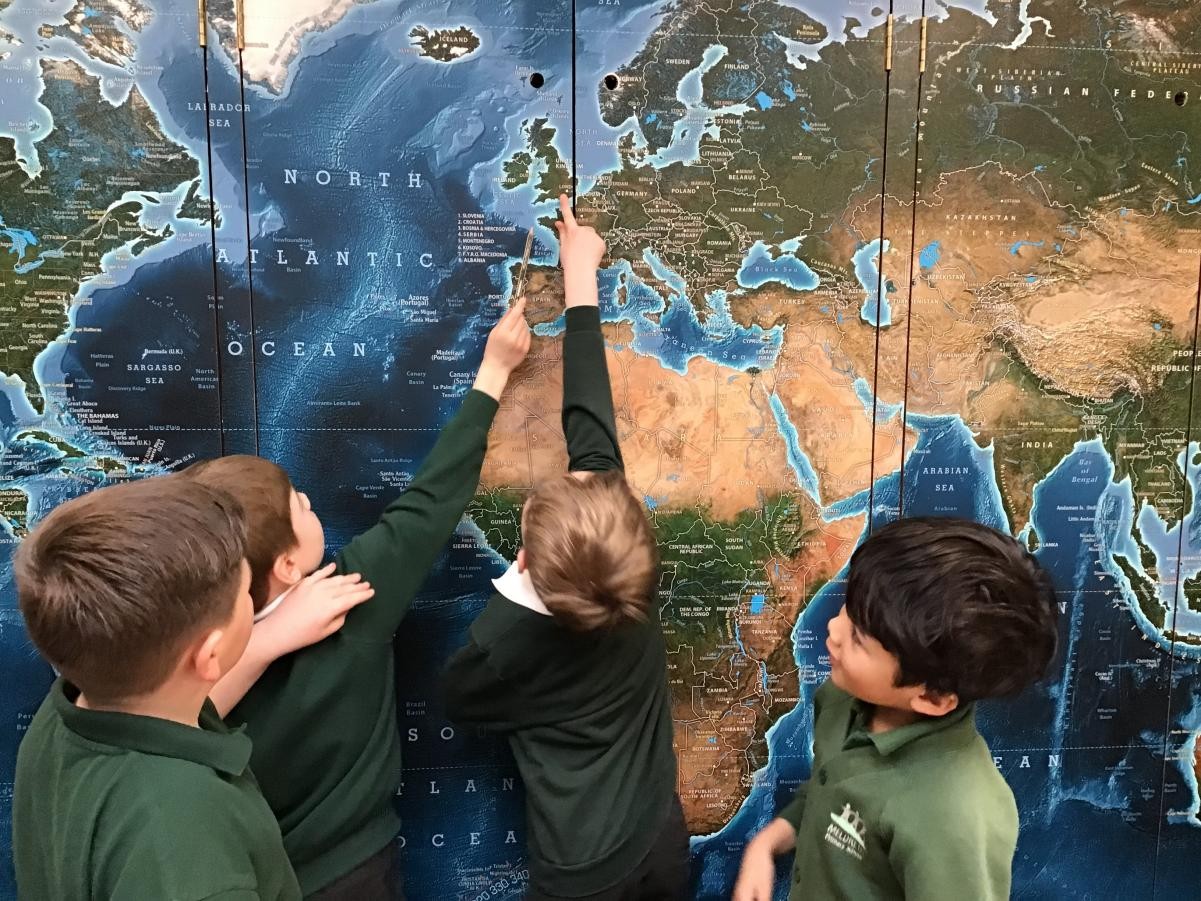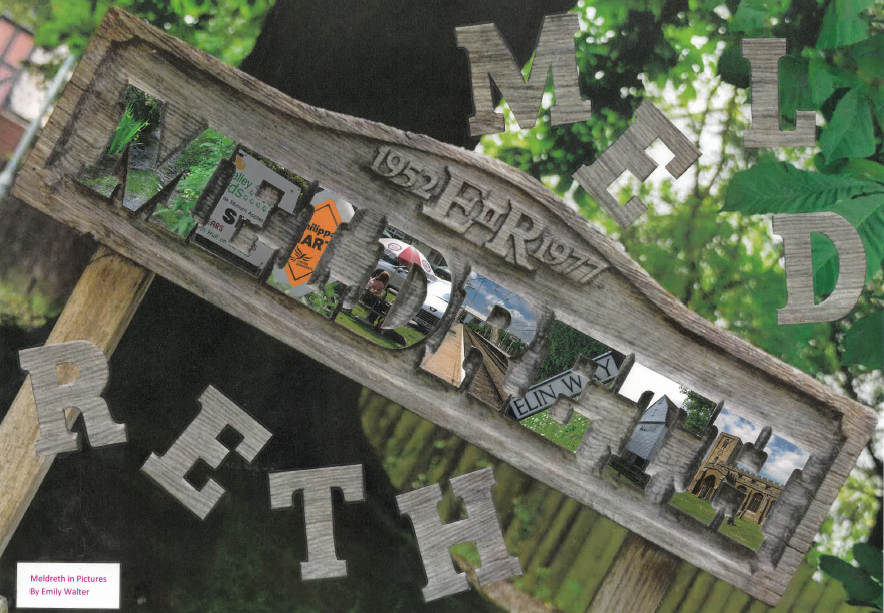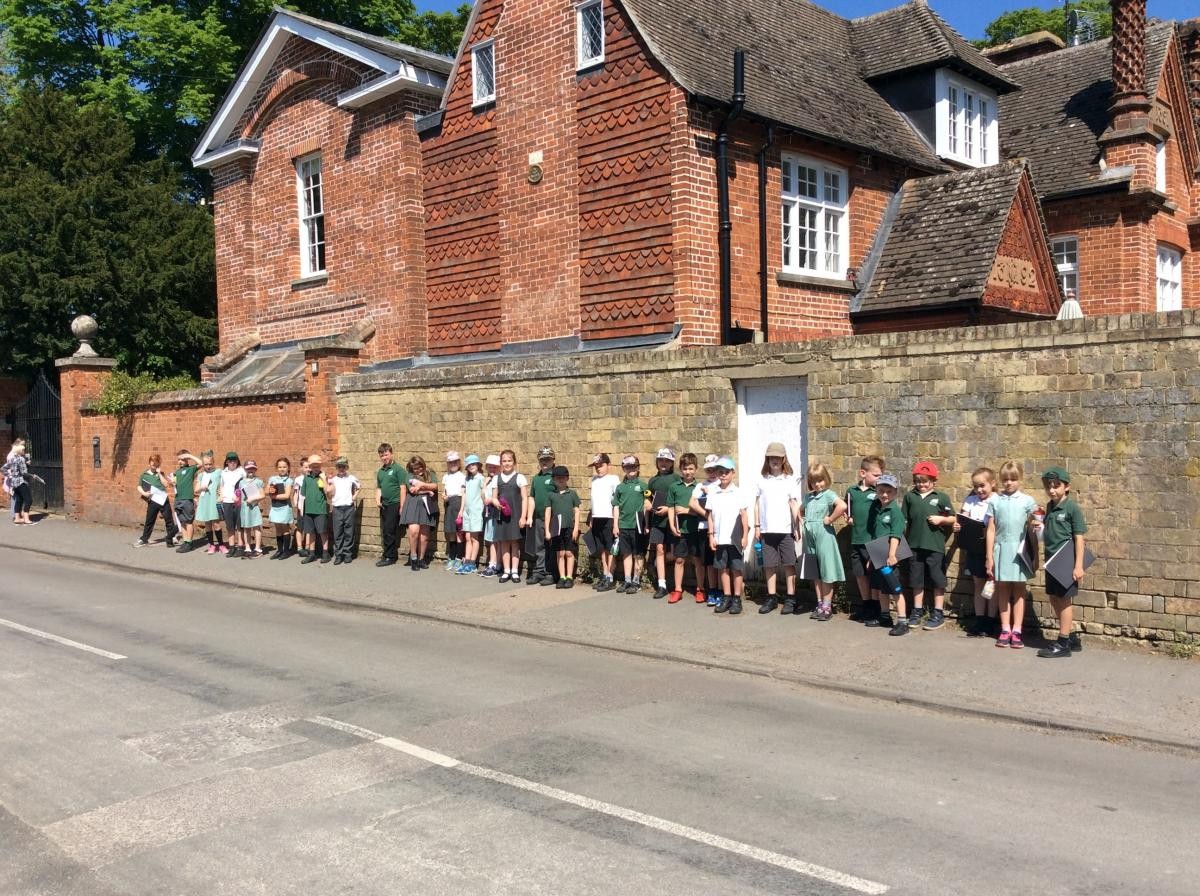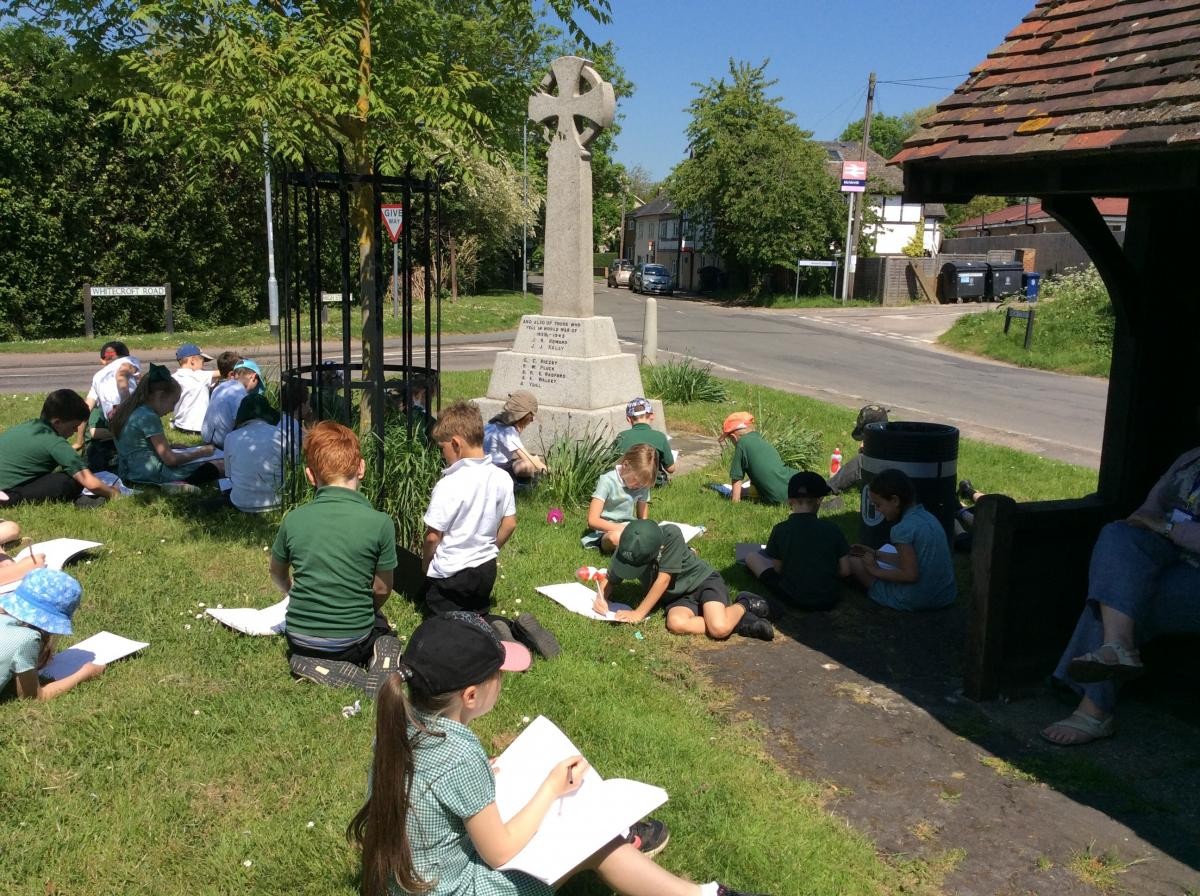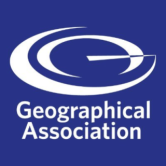
“…geography underpins a lifelong ‘conversation’ about Earth as the home of humankind…”
We are members of the Geographical Association
In Geography, children are taught to recognise human and physical features and encouraged to independently consider the differences between them. As geographers, our children start their learning journey by exploring local geography and the physical and human features of the area in which we live.
Children's learning is then designed to build up their knowledge and understanding over time, so that, as they progress through their primary education, the comparisons they can make and conclusions they can draw are increasingly grounded in a growing awareness of our world and their impact on it. This enables them to draw comparisons between the units of learning, reflect back to previously taught units and so revisit and embed their learning.
Our Geography curriculum has been designed to ensure children are excited about their Geography learning. The structure and progression of the taught units enable teachers to identify and address any misconceptions and enable children to consolidate previous learning and make connections both within and across subjects. From Reception through to Year 6, we aim to prepare our children for their future learning in Geography into Key Stage 3 and beyond.
Substantive and disciplinary knowledge is taught to support children’s geographical understanding. We plan our curriculum to ensure coverage of locational knowledge, place knowledge, environmental, physical and human geography processes and geographical skills and field work. Within our taught themes, we explore local, regional, national and international geographical knowledge. Geography field work and map work is planned to ensure all key knowledge is taught and reviewed in line with current learning.

